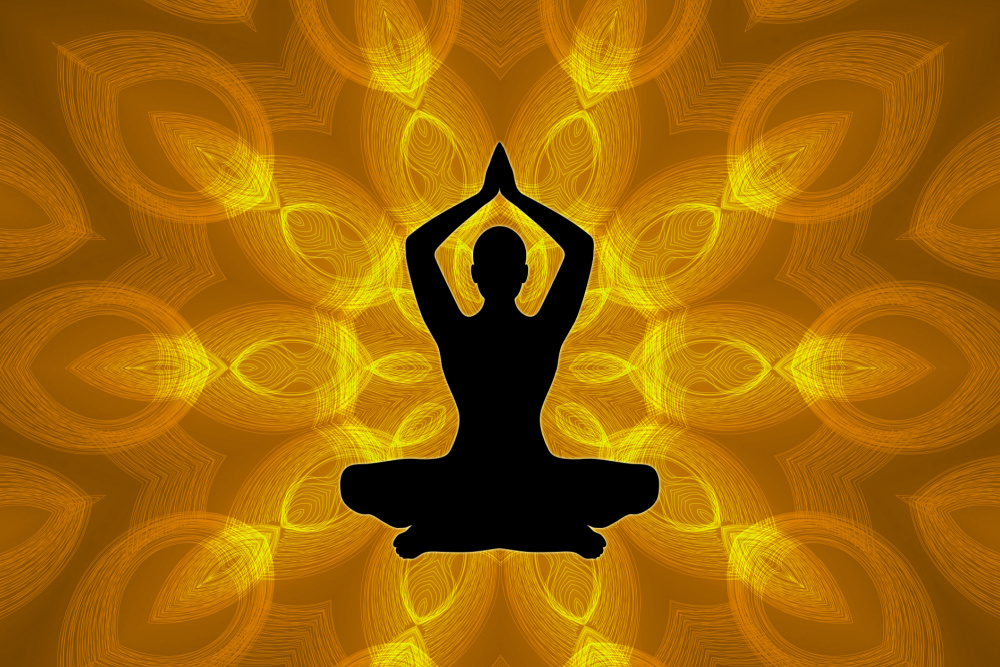Ayurveda is a traditional system of medicine that originated in India over 5,000 years ago. The name ‘Ayurveda’ is derived from two Sanskrit words: ‘Ayur’, meaning life, and ‘Veda’, meaning knowledge or science. Ayurveda seeks to promote health and well-being by balancing the body, mind, and spirit. It operates on the belief that health depends on a delicate balance of three fundamental energies or doshas: Vata (air and ether), Pitta (fire and water), and Kapha (earth and water).
An individual’s constitution, or Prakriti, is determined by the dominance of one or more of these doshas. Imbalances cause illness, so Ayurvedic treatments aim to restore and maintain balance through various means, including dietary adjustments, herbal remedies, yoga, meditation, and lifestyle changes. Practitioners assess a person’s constitution and any imbalances to tailor treatments accordingly.
However, Ayurveda also seeks to promote overall well-being rather than just treating symptoms of illness. Diet plays a pivotal role in Ayurveda, with specific foods recommended or avoided based on one’s dosha. For instance, a Pitta-dominant person may be advised to consume cooling foods such as sweet juicy fruits like melons, cherries, grapes, pears and mangoes or vegetables such as cucumber, broccoli, zucchini and asparagus while a Vata individual might benefit from warming meals such as soups, stews, casseroles with spices such as cumin, fennel, dill, black pepper, turmeric, cardamom and cinnamon.
Ayurveda emphasizes the importance of preventive care, encouraging individuals to live in harmony with their natural environment and to follow daily and seasonal routines that support their constitution. Although Ayurveda has gained worldwide recognition and acceptance, it is important to note that its practices and remedies should complement, not replace, modern medical treatments.
Do you know what Ayurvedic treatments are recommended for hair loss?

Yoga is a comprehensive and ancient practice that encompasses physical postures, breathing exercises, meditation, and philosophical principles. Also originating in India over 5,000 years ago, it has since become a global phenomenon, known for its profound physical, mental, and spiritual benefits. At its core, yoga is a holistic system that aims to unite the individual’s body, mind, and spirit.
The physical aspect of yoga, known as ‘Asana’ involves a series of postures and movements designed to enhance flexibility, strength, and balance. These postures are often performed in conjunction with controlled breathing techniques, emphasizing mindfulness and concentration.
Breathing exercises, or ‘Pranayama’ are a crucial component of yoga. Pranayama techniques promote deep, intentional breathing, which can reduce stress, improve lung capacity, and enhance mental clarity. This controlled breathwork is often integrated with yoga postures to create a seamless mind-body connection.
Meditation, a key element of yoga, encourages inner peace, self-awareness, and mental calmness. It helps individuals manage stress, anxiety, and develop a deeper understanding of themselves. The philosophical underpinning of yoga, based on ancient texts like the Yoga Sutras of Patanjali, emphasizes ethical principles, self-discipline, and the pursuit of spiritual enlightenment. It encourages individuals to live with compassion, kindness, and mindfulness.
There are various styles of yoga such as Hatha, Vinyasa, Bikram, and Kundalini, each with its unique focus and intensity. Regardless of the style, the ultimate goal of yoga is self-realization and well-being. If you are a yogi, you should definitely try to find a class whilst in India!
Why not treat yourself to an Indian spa experience?